Slow Ontology 2.0 as Inspiration for Methodological Approaches
by Anna CohenMiller and Nadia Dresscher-Lambertus
Dr. Miller contributed to the The Sage Handbook of Online Higher Education. Find previous Sage Research Community posts from Anna CohenMiller here.
What if we didn’t have to go fast to do our academic work and research?
What if we could embrace the spaces and places around us to slow down? What could that mean for us personally, professionally, and in how we relate to social justice and ecological issues?
These are some ideas that have bubbled forward over the months between the two of us. We’re academic researchers, motherscholars, and folks who have collaborated over the years but never met in person. We’ve texted, shared photos, audio messages from Asia to South America, from throughout Europe, and thought about and sought to embody what it means to slow down. Jasmine Ulmer proposed Writing Slow Ontology - inviting us to slow down and engage in different ways. She explains in her article:
…a Slow Ontology approaches writing as a site of creative intervention. This article offers methodological possibilities for writing a Slow Ontology in qualitative inquiry: each attends to how we might write the materiality of our local environments. In writing a Slow Ontology, researchers might create writing that is not unproductive, but is differently productive.
Expanding upon Ulmer’s ideas, James Salvo reflects on a slow reading.
A slow ontology 2.0 integrates technology not as a site of speed, but as an environment offering a potential to engage and connect across geographic borders. A slow ontology 2.0 considers the ways we can learn from one another in our methodological approaches to be reminded of what’s important to each of us - for the two of us - it's about being centered and aware of ourselves and connected with the earth, as part of it, and to others.
A Slow Ontology 2.0 we propose as a way to calm the (academic) soul, encouraging an embracing and honoring of ecological, spiritual, and embodied wisdoms.
So, what does slow ontology 2.0 look like today?
It means writing from coffee shops in small town Spain and in the Netherlands. It means noticing the sights and sounds, the water in the fountains bubbling over, the sounds of the doves singing from small nooks in the stone walls, and the smells of the churreria (a restaurant specializing in churros, the long donut-type treat). It means feeling the sun shining and walking the paths to bask in the light as spring edges its way into being. It means a walk in the park and paying attention to how a bumble bee engages in the process of pollination and feeling ‘awe’ for being able to witness this, or watching how the sun and water dance, creating moving light.
Visual fieldnotes of moving light and a bumble bee in the park
Fleshy intimacy with the world
It means experiencing temporality as something that changes to invite other more expansive modes of noticing and being, like curiosity, playfulness, wonder, stillness and movement, patience, surprises, synchronicities, deep listening, memories, and affects; opening us to phenomena in all their multifaceted layers: rhythms, intensities, and affects, in reciprocal ways. Our bodies become aware that they are part of more complex ecological bodies composed of assemblages of humans and non-humans (e.g., animals, soil, water, trees, clouds), intensities, and weather, but also presents, pasts, and futures. We slow down, to notice and be part of this all, attuning us sensorially and somatically to be with/within these affective spaces, breaking away from only mental attunement to an attunement that connects us with the whole body and to the larger bodies we are part of, becoming aware of our transcorporeality. Slow ontology brings us into a space of fleshy intimacy with our surroundings, and with the world as it breathes, opening itself to our attention and allowing us to witness in slower, embodied, related, and more in-depth ways.
Poetic act of noticing
Paying attention and writing down fieldnotes as a scholarly repertoire also becomes an embodied poetic act of attunement to subtleties and emerging phenomena. Or, in Audre Lorde’s words, “for it is through poetry that we give name to those ideas which are -until the poem- nameless and formless, about to be birthed but already felt” (p. 3), and are already there waiting for us to pay attention to. Slowing down through slow ontology 2.0 infuses the concept of field notes with new life. The field here is experienced as something alive that breaths composed of ‘intra-acting’, multivocality and assembled agencies and invites us in. Slowing down reminds us that we are part of this field too and animates our practice of creating field notes: noticing, noting, trying to grasp, to catch a fleeting moment, describing phenomena in their rich ruptures of becomings, vibrant notes to re-turn later to, to re-member.
Social justice and ecological ethics of care
There is an ethics of care embedded in the act of slowing down, as it helps us sink into embodying the notion of relatedness. From a social justice lens, we can start listening to untold intergenerational stories waiting to be heard, as Nadia explains:
stories, whose voices have been muffled by suffocating colonial, racial, and patriarchal systems of knowledge, are movements. They are alive, ecological beings that breathe, shapeshift, and die, only to resurface again in new forms (ch. 43)
In terms of climate and ecological justice, slowing down, and attuning to how we are entangled within these larger ecological bodies, shifts us into the temporality Neimanis and Walker refer to as ‘thick time’, making it possible to experience ourselves as ‘weather bodies’, reminding “us that we are not masters of the climate, nor are we just spatially “in” it. As weather-bodies, we are thick with climatic intra-actions; we are makers of climate-time. Together we are weathering the world” (p. 558).
Slowly blooming into being
Slow ontology 2.0 means embodying and thinking of these aspects, sharing them with one another through many forms of technology, and embracing a purposeful pausing and slowing down of the mental movement, physical clatter, and breathing into being in this moment.
Slow ontology as part of methodological approaches
Methodologically, these approaches can be considered forms of contemplative inquiry to become more focused on justice in our research approaches. A guided practice of meditative presence can encourage and guide us to become more aware, centered, and ultimately more critically self-reflective and justice-oriented in our research. Perhaps it can help us see that we can learn about ourselves, a step in positionality and practice, as a means to help the world. Also, methodologically slow ontology opens us to innovative ways of noticing and researching phenomena that are ‘emergent, relational, responsive, involuntary, and inventive’ and ways to attune to our more-than-human entanglements.
Visual fieldnotes of water and movement within foundations
As Anna was writing and contributing to this piece, inside the coffee shop, the lights and all electricity suddenly went off. What an interesting occurrence to happen at that moment! The entire feel of the space and those within, shifted. Noise was lowered, lights were lowered, a calm settled over the cafe, along with a slightest bit of tension as all machinery for cooking and preparing food and drinks stopped. In those moments, slow ontology 2.0 embraced the space and people. The voices in conversation even shifted, moving towards speaking more quietly as no longer was there a need to speak over the mechanical sounds.
The cafe when the electricity went out, natural light streamed in, and sounds calmed
And during all that time, Anna and Nadia were online, together via text messages on WhatsApp and on Google docs. Synchronously reciprocally experiencing something together, yet in different spaces and places.

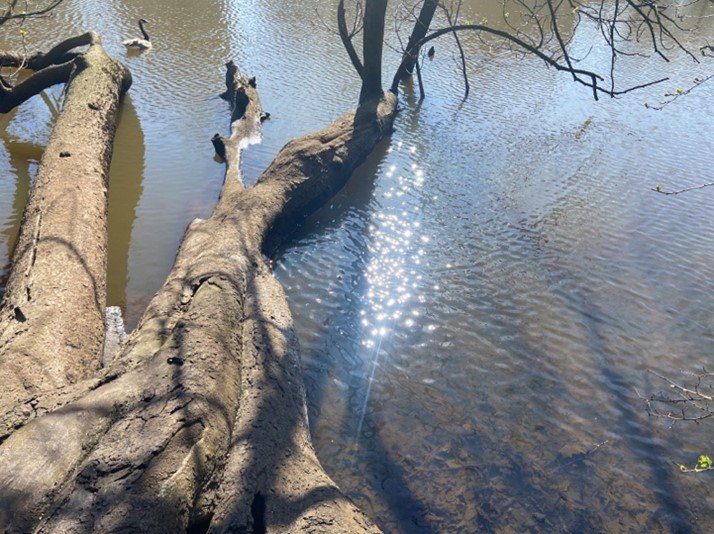

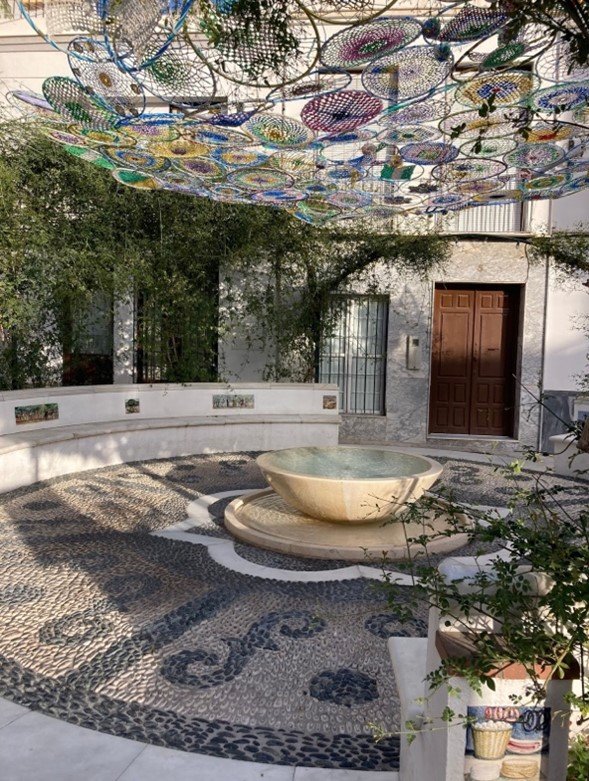
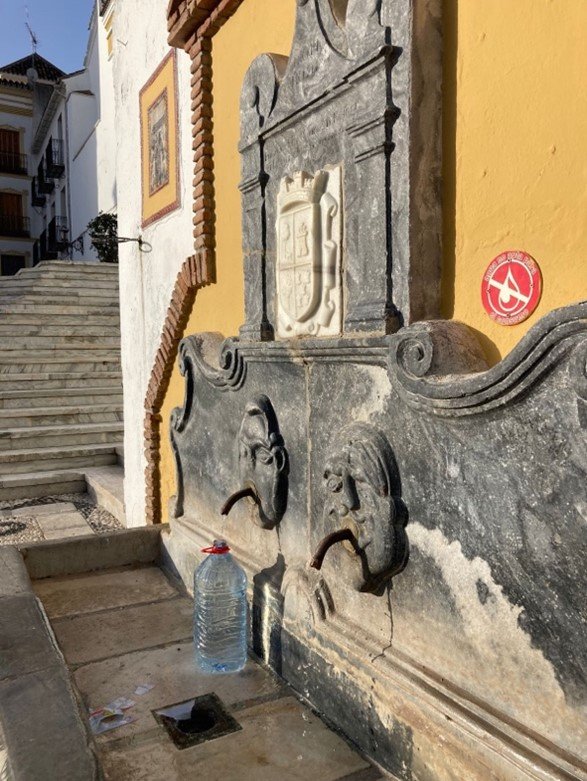


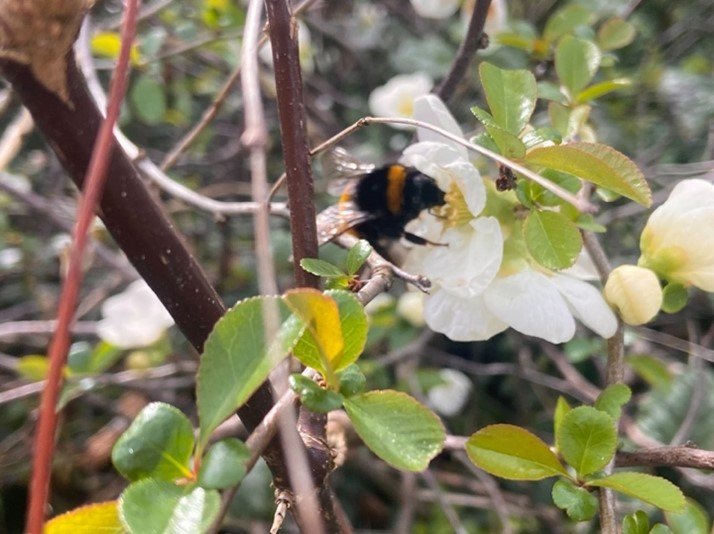
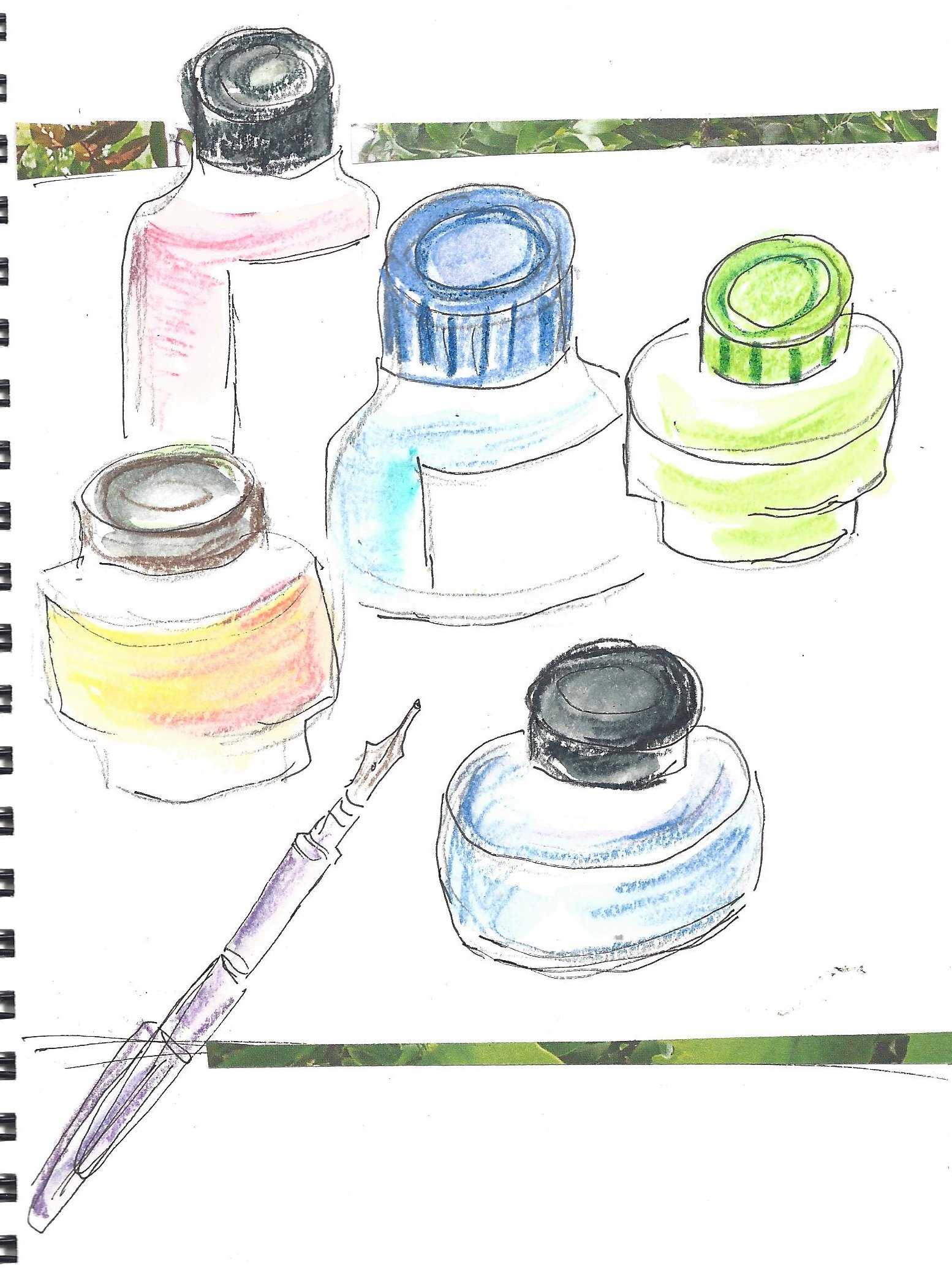
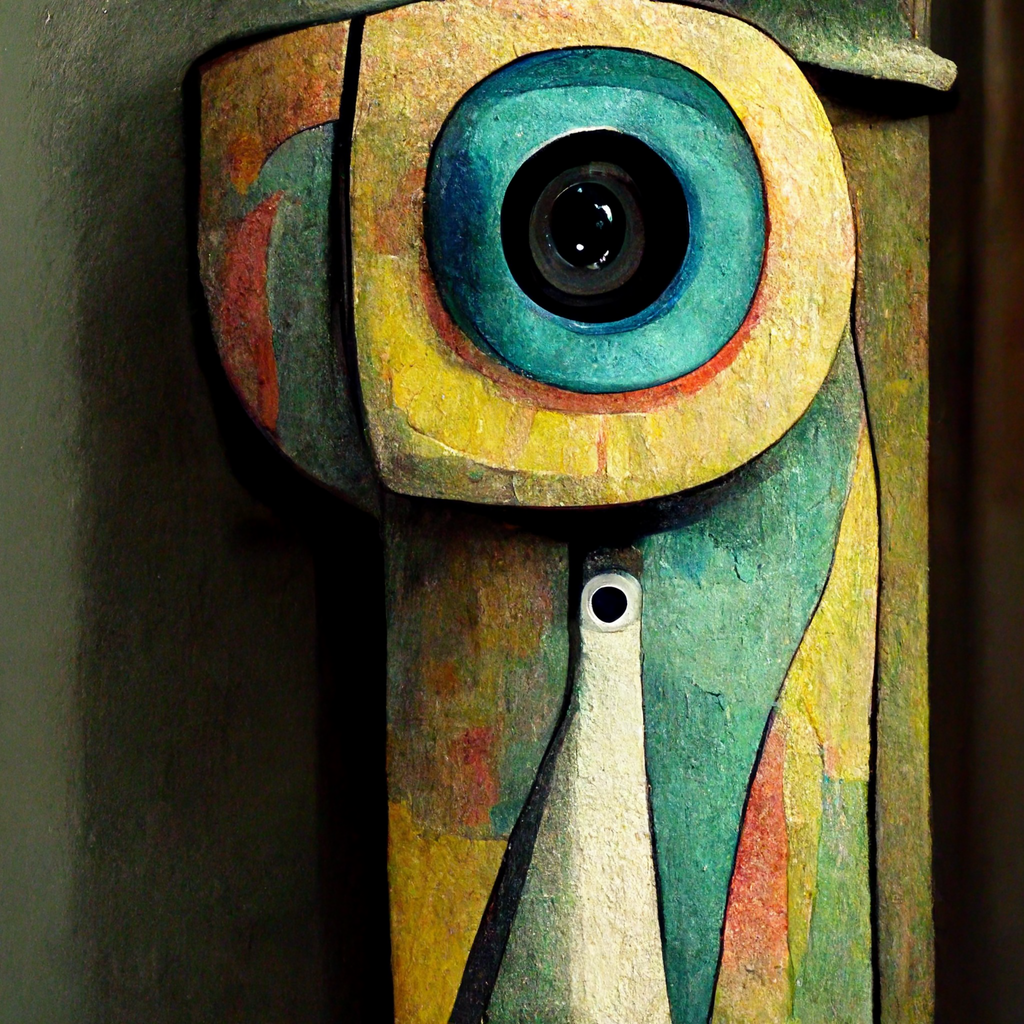










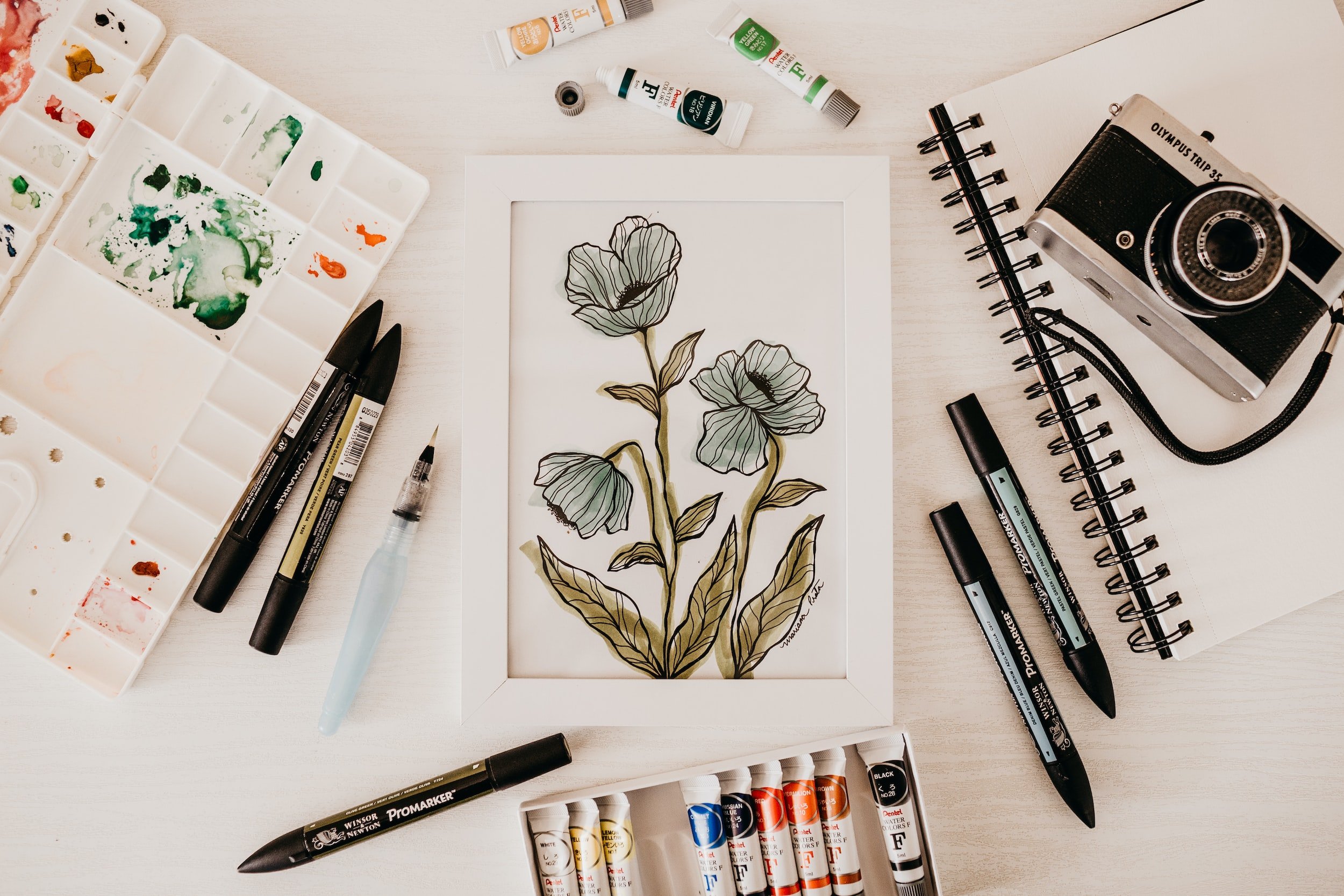














AI can do a lot of things but it cannot do originality. Learn more from Dr. Alastair Bonnett, author of How to Be Original.